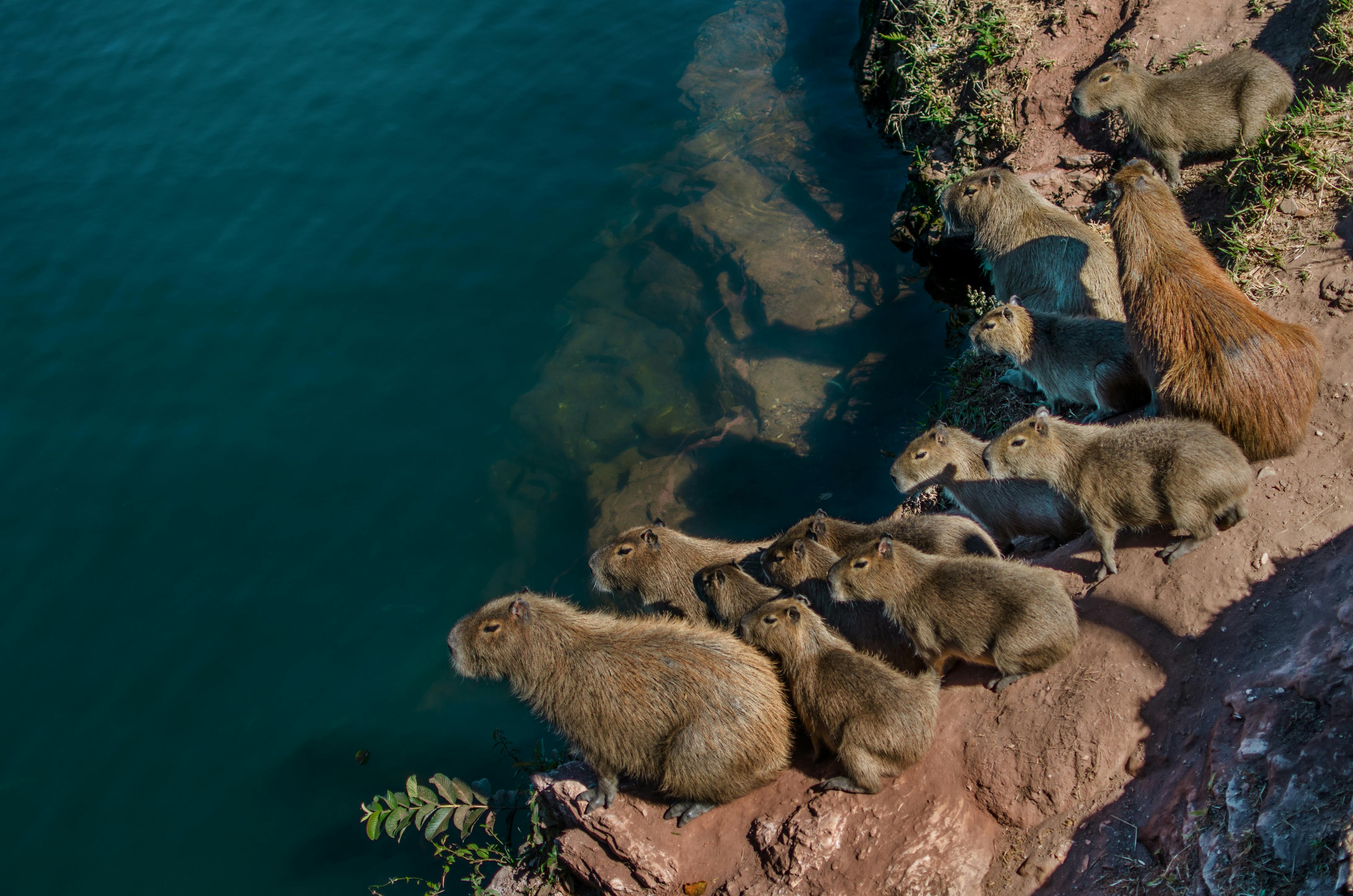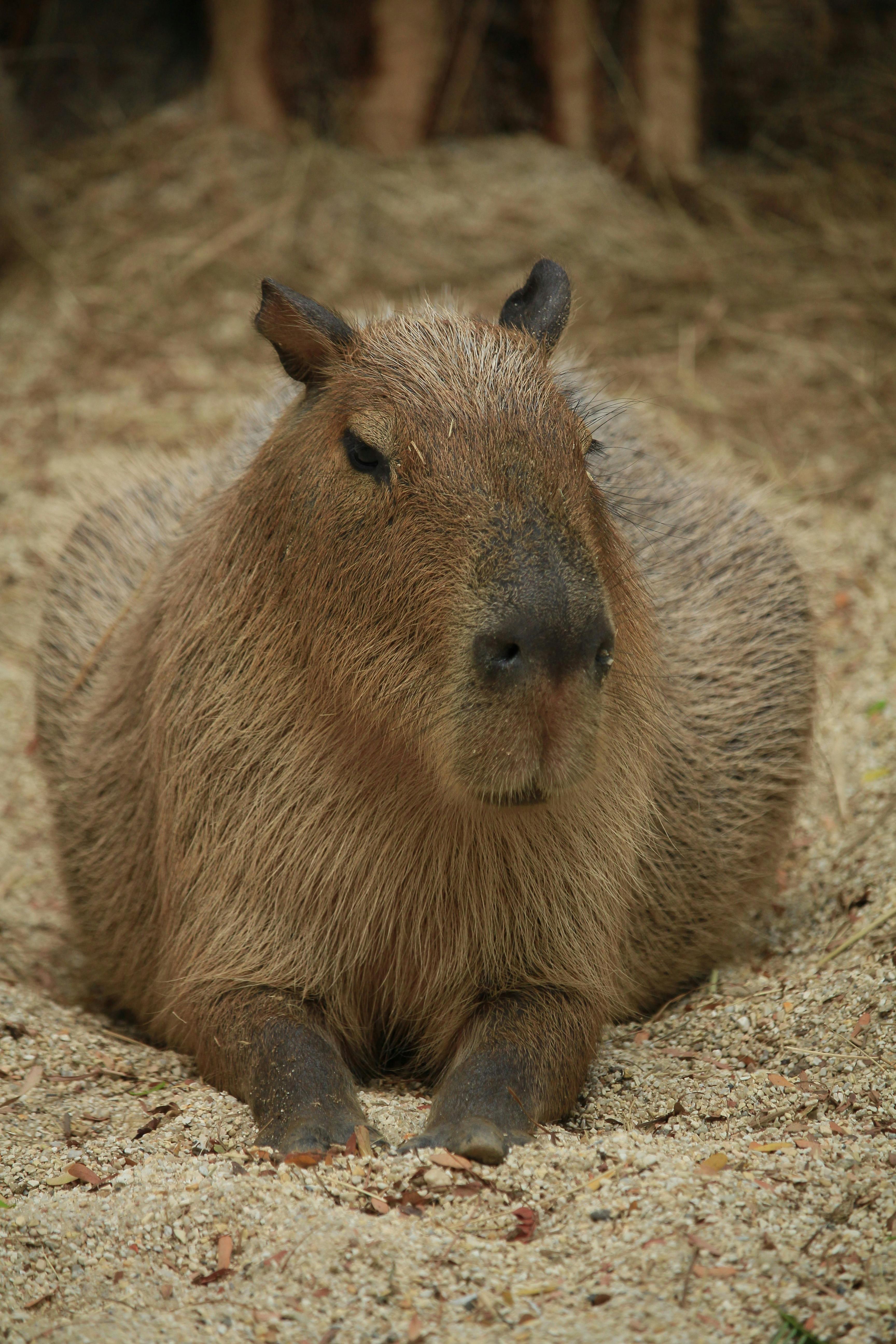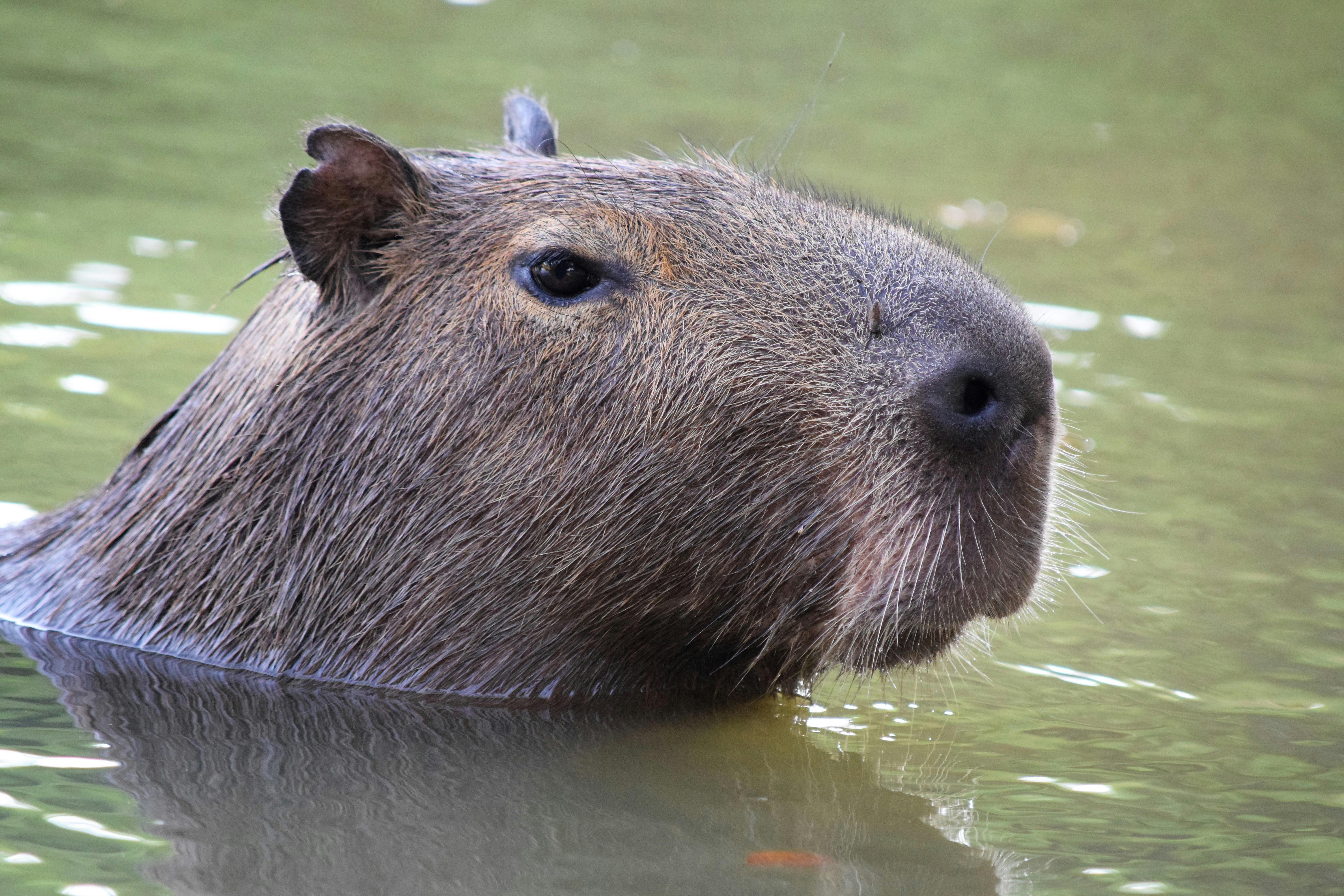Table of Contents
Do you often find yourself wondering about the lifespan of capybaras? Look no further! In this article, we will explore the fascinating world of these adorable creatures and provide you with a deeper understanding of their lifespan. From their habitat to their diet, we will cover all the essential aspects that contribute to the longevity of capybaras. So, if you’re curious to learn more about these fascinating creatures and their average lifespan, keep reading!
Understanding the Lifespan of Capybaras
Capybaras, affectionately known as the giants of the rodent world, have captured the curiosity and hearts of animal lovers around the globe. These fascinating creatures, scientifically called Hydrochoerus hydrochaeris, are native to South America and are known for their sociable nature and unique appearance. If you’re wondering about the lifespan of capybaras and the factors that influence it, you’ve come to the right place. In this article, we will delve into the basic information about capybaras, explore the various factors affecting their lifespan, discuss their life stages, highlight common causes of death, and provide insights on how to care for them to extend their lifespan.

Basic Information about Capybaras
Capybaras are semi-aquatic mammals that resemble oversized guinea pigs or giant hamsters. They have stout bodies, short legs, and a unique barrel-shaped appearance. On average, adult capybaras reach a length of about 4 feet and stand around 2 feet tall at the shoulder. They have webbed feet and a small, rounded head with front-facing eyes and ears. Capybaras also possess large incisors that constantly grow and require regular gnawing to keep them in check.
These herbivorous creatures predominantly inhabit marshy areas, swamps, and riverbanks, as they rely heavily on water for various aspects of their lives. Capybaras are highly social animals and live in large groups called herds, which can comprise anywhere from 10 to 30 individuals. They are most commonly found in the tropical regions of South America, including countries like Brazil, Venezuela, and Colombia.
Factors Affecting Capybara Lifespan
Several factors come into play when considering the lifespan of capybaras. While they can live relatively long lives, certain variables can either extend or shorten their lifespan. These factors include genetics, diet, habitat quality, social structure, availability of veterinary care, exposure to predators and diseases, and even human-related factors such as habitat destruction and hunting practices.
The interplay of these factors can significantly impact an individual capybara’s longevity. Therefore, it is crucial to understand these factors to provide the best possible care to these fascinating creatures.

Average Lifespan of Capybaras
In the wild, the average lifespan of a capybara is around 8 to 10 years. However, with proper care and management, capybaras can live well into their teens, and in some rare cases, even reach their early twenties. It is important to note that these figures are based on the general lifespan of capybaras. Individual capybaras may have slightly shorter or longer lifespans depending on various factors, as mentioned earlier.
Life Stages of Capybaras
Capybaras, like many other animals, go through distinct life stages, each with its own characteristics and needs. Understanding these stages can help us provide appropriate care at every phase.
Infancy and Juvenile Stage
Capybara newborns, known as pups, are born fully furred and with their eyes open. They are remarkably independent from an early age and can walk and even swim within hours of being born. Pups stay close to their mother but also interact with other members of the herd.
During the juvenile stage, which lasts until about 10 to 12 months of age, capybaras continue growing rapidly and develop their adult teeth and physical features. They learn important social and survival skills from interacting with their herd mates.
Adulthood and Reproductive Stage
Capybaras reach sexual maturity between the ages of 1 to 2 years. Once they reach adulthood, they are ready to breed and contribute to the expansion of their herd. Capybaras are monogamous animals and form loyal pair bonds with their mates. These bonds are typically long-lasting, and the pair will raise their offspring together. Females usually give birth to 2 to 8 pups per litter.
Elderly Stage
As capybaras age, they enter the elderly stage, characterized by a decline in physical abilities and an increased risk of health issues. The elderly stage typically occurs around 8 to 10 years of age, although individual variations exist. At this stage, capybaras may experience difficulties in mobility and require special attention and care to maintain their well-being.

Common Causes of Death
Several factors contribute to the premature death of capybaras in the wild. Let’s explore these factors in more detail.
Environmental Factors
Harsh environmental conditions, such as extreme temperatures, drought, and flooding, can pose significant challenges for capybaras. These fragile creatures are sensitive to dramatic environmental changes and may suffer from dehydration, heat stroke, or hypothermia if they are unable to adapt to their surroundings.
Disease and Predators
Capybaras, like any other animal, are prone to various diseases and infections. Parasites, bacteria, and viruses can cause significant harm to their health, leading to a shortened lifespan. Additionally, capybaras are a preferred prey species for a variety of predators, including crocodiles, jaguars, and anacondas, all of which can pose a serious threat to their survival.
Human Factors
Human-related activities have a significant impact on capybaras’ lives and can contribute to their premature deaths. Habitat destruction due to urbanization and deforestation disrupts their natural habitats and can lead to starvation and displacement. Capybaras are also sometimes hunted for their meat, skin, and fat, which further threatens their populations.
Caring for Capybaras to Extend Lifespan
To ensure capybaras live long and healthy lives, it is crucial to provide them with proper care and attention. Here are some essential aspects to consider:
Proper Nutrition
A balanced and varied diet is vital for capybaras’ well-being. They are herbivorous animals, primarily feeding on grasses, aquatic plants, and certain fruits and vegetables. It is important to provide them with a diet that mimics their natural feeding patterns and to supplement it with necessary minerals and vitamins.
Veterinary Care and Grooming
Regular veterinary check-ups are crucial for monitoring capybaras’ health and addressing any potential issues promptly. Proper grooming, including dental care, is essential to prevent overgrown incisors, which can lead to malnutrition and discomfort.
Providing a Suitable Habitat
Creating a suitable habitat for capybaras is essential for their overall well-being. It should include access to clean water for swimming and maintaining proper hygiene, as well as ample space for grazing and social interactions.
Socialization and Mental Stimulation
Capybaras are highly social animals that thrive in the company of their herd mates. Ensuring they have enough opportunities for socialization and mental stimulation can greatly enhance their well-being and alleviate stress.
Conclusion
Understanding the lifespan of capybaras is vital for providing appropriate care and ensuring the longevity of these remarkable creatures. By considering the various factors that influence capybaras’ lifespan, such as genetics, diet, habitat, social structure, and human-related factors, we can take steps to extend their lives and contribute to their conservation. With proper nutrition, veterinary care, suitable habitats, and opportunities for socialization, capybaras can enjoy fulfilling lives and continue to captivate us with their unique charm for many years to come.

